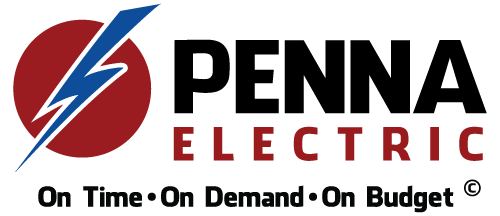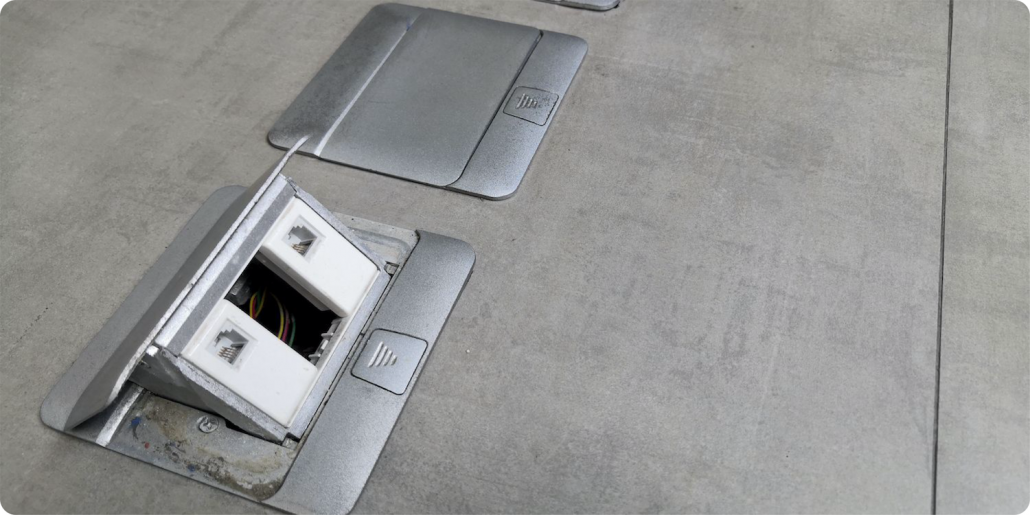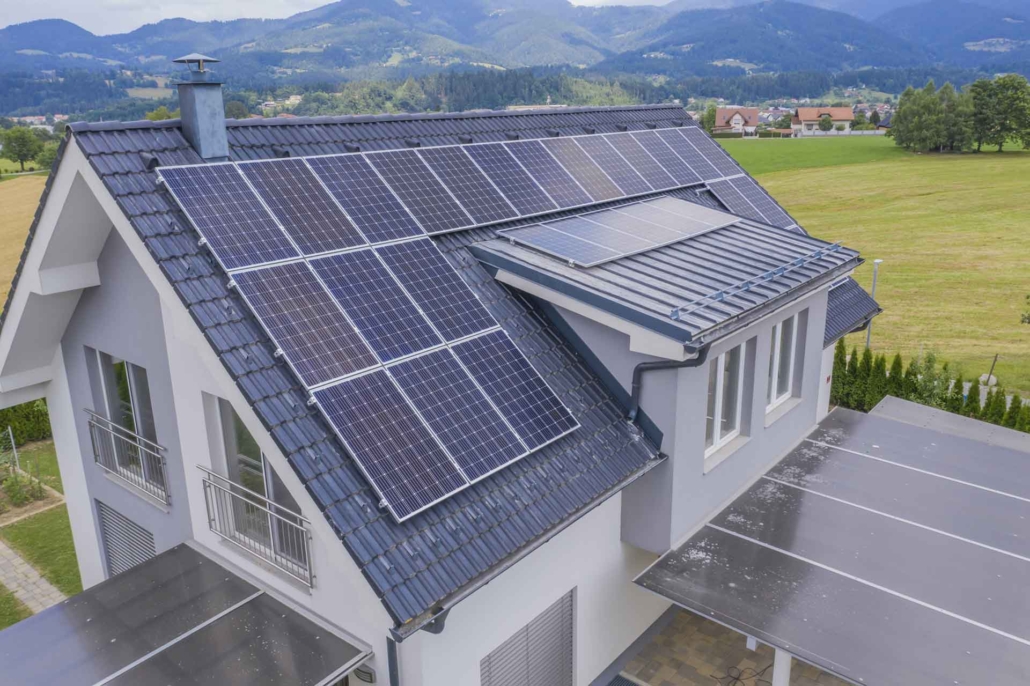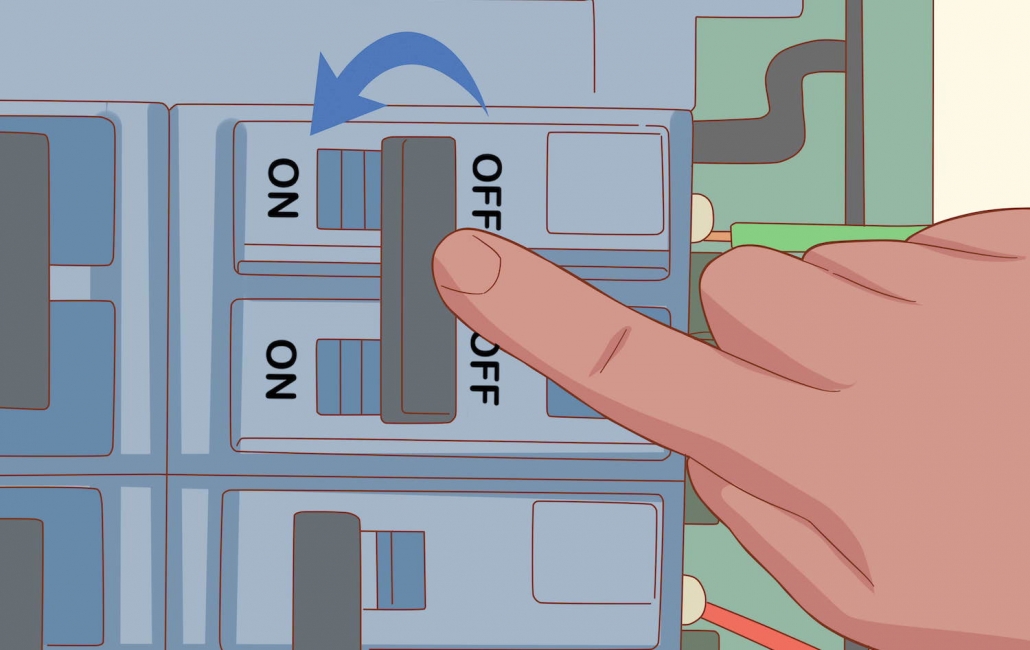November 27, 2020 | Cristina Dinulescu
When you do electrical work for a new construction or part of a remodeling project, a home electrical inspection is a must. Whether you do it yourself or you’re looking to hire an expert to do it for you, you need to schedule a visit from an inspector, employed by the community’s building code office.
Usually, complete inspections of this kind are needed when you do electrical work that requires a building permit, such as a major room addition or the construction of a new home. It’s important to remember that major remodeling kitchen or bathroom projects require both electrical inspections and permits.
Another reason to have electrical inspections done is if you plan on selling your home or buying a new one. Oftentimes, in these instances, people choose to have more than an electrical assessment, and opt for their home energy score as well.
What Is A Home Electrical Inspection?
An electrical inspection is a thorough analysis of your home’s electrical system performed by a licensed, qualified electrician. The expert doing the inspection needs to verify if your system respects the electrical code. The purpose is to ensure compliance with the applicable electrical code to reduce structural and personal electrical hazards.
Additionally, the inspector will check to see if the right equipment has been used for the job, as well as verify the correct installation and compliance with the approved departmental plans, when and if applicable.
An electrical home inspection is recommended when:
- you are planning to undergo a major renovation;
- your home is 40 years old or over;
- you are on the point of purchasing a pre-owned home;
- you have added large new appliances in the last 10 years.
Why Do I Need Two Rounds of Inspection?
The whole point of the home electrical inspection process is to thoroughly verify if the applicable electrical codes are followed and to ensure whether or not the installation is safe. This is why the designated inspector will visit your property on two different occasions.
The Rough-in Inspection
The first visit is known as the rough-in inspection. In the home building and remodeling field, the rough-concept refers to the stage of the construction taking place after the basic framing is completed, together with the wiring and plumbing installation and before the walls and the ceilings are closed up with wallboard.
This stage is verified by the inspector because, in the absence of walls and floor coverings, modifications are easily done. The homeowners can make any changes in case the rough-in stage does not pass the inspection.
It is important to have the inspection done before installing all of the electrical boxes, conduit, cables, and wires, even before installing the insulation. This way, the inspector will have a complete view of the entire wiring that runs through the house, from the service panels to the appliances and fixtures.
The Final Inspection
The second inspection takes place when the entire project is complete, but just before you are given permission to use the space. In this phase of the project, all the walls are closed in, the floors are complete, the painting is done and you are on the verge of installing the furniture. You need to verify that all of the circuits are working and that every light fixture has been installed and connected. If the inspector approves your work, then it means that your work has passed and that all professional standards are met, respecting the code.
When the electrical work is done by a professional, inspections can be a bit swift and superficial, especially when the inspector knows the contractor doing the work and is accustomed to the work done. However, when you are the one doing the work you should expect a more detailed inspection. There is a very good reason for this. The inspector wants to know that the work done is up to code and perfectly safe. If you make a mistake, it’s not the end of the world. You will be able to correct it and receive feedback from a professional inspector.
What Does The Inspector Look At During A Home Electrical Inspection?
If you are looking to learn what an electrical inspector looks at during the inspection, here’s a quick look:
- Proper circuits: The inspector will make sure that your home or the addition has the right number of circuits, considering the electrical demand of the space. This means verifying if there are dedicated circuits for the appliances in need of them, especially in the kitchen areas. Here, it is crucial to have dedicated circuits for appliances like the garbage disposer, microwave oven, and the dishwasher. Additionally, the inspector will be verifying to see if there is an appropriate number of general lighting for each room.
- GFCI and AFCI circuit protection: In outdoor locations, below-grade or near sources of water like sinks, GFCI circuit protection is required. Small-appliance outlets located in the kitchen, for instance, require GFCI protection and the inspector will check to see if the installation includes such outlets or circuit-breakers. Another electrical code requirement is the AFCI (arc-fault circuit interrupters) protection. The inspector will make sure that this requirement is also met.
- Electrical boxes: All electrical boxes have to be flush with the wall and should accommodate the needed number of wire conductors, as well as other devices they might contain. The box should be securely fastened and homeowners doing the work should use large, spacious electrical boxes. This will make it simpler to complete wire connections and pass the inspection.
- Box heights: During the inspection, the outlet and switch heights will be measured to check if these are consistent. Normally, these outlets should be at least 12 inches above the floor and switches should be at least 48 inches above the floor.
- Cables and wires: Inspectors will check how the cables are fixed in the boxes. The cable sheathing should stick into the box at least 1/4 inch. This way, the cable clamps grip the sheathing and not the conducting wires. Having at least 8 inches of usable wire length extending from the box, it should be sufficient wire to connect to the device and allow future trimming. Additionally, the inspector will check the wire gauge and make sure it is right for the amperage of the circuit.
- Cable anchoring: The cables should be attached to wall studs to be secured. The first cable shouldn’t be farther than 8 inches from the box and then every 4 feet thereafter. All cables should run through the center of the wall studs so that wires are safe from penetration from nails or drywall screws. Each wall stud penetration should be protected by a metal protective plate.
- Wire labeling: Even though it is not required by the code, some homeowners and professional electricians label the wires to indicate the circuit number and amperage. It is highly reassuring for an inspector to see this.
- Surge protection: The inspector may recommend isolated ground systems in case you have delicate electronic devices like TVs, stereos, sound systems, or other equipment. Isolated ground systems protect against current fluctuations and interference. In addition to this type of receptacles, surge protectors can also guard sensitive devices.
The right electrical upgrade can dramatically improve the value and appearance of any home or business. You’ll be amazed at what a difference the right electrical upgrade can make for your home or business. Make sure that when you select an electrical company to do the enhancement of your home and you have decided to take your enhancement to the level where you require an electrical upgrade that the technician at the company has a good working knowledge and the experience to properly guide you in this area.
When you decide to upgrade, our well-trained and certified electricians have all the experience and training needed to complete your electrical panel upgrade project from start to finish, with a minimum of fuss or disturbance. Please contact us right away at 310-800-2401








